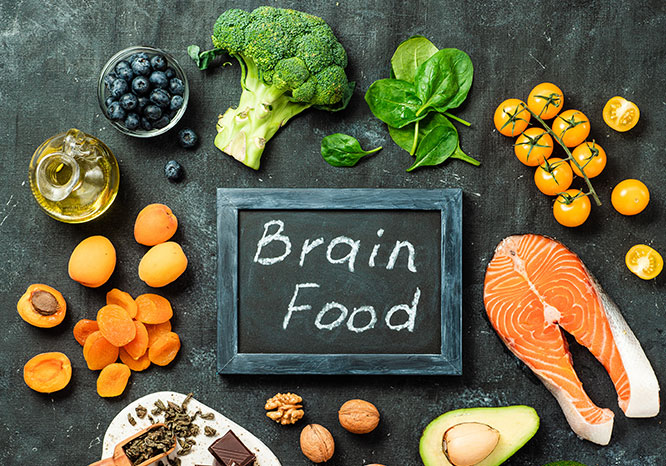#water #coffee #food
Water: High-quality spring water is rich in magnesium, potassium, calcium, sodium, and other trace minerals. It is naturally more alkaline than tap water, and can create an environment in the human body less vulnerable to disease proliferation.
Spring water provides much needed oxygen to the body and the brain, aids in good digestion, helps us maintain a healthy weight, and tastes great. Spring water never tastes flat. It makes for an excellent drinking experience and one that does wonders for the body.
Nearly 6 yrs ago I learned about hydrogen enhanced spring water and have been drinking daily since.
Coffee: Coffee lovers around the world who reach for their favorite morning brew probably are not thinking about its health benefits or risks.
Coffee is coffee, Yes? Hang on! While coffee offers a lots of health benefits it can come with downsides when using low-quality beans to make your brew.
That is why I talking about our favorite beverage now and how to choose quality coffee.
Here are some of Coffee’s benefits, as follows:
- High in antioxidants – Approximately 1,000 antioxidant compounds have been identified in green (unroasted) coffee beans, with several more compounds forming during the roasting process, making coffee an incredibly rich source of antioxidants that may reduce the risk of diseases such as Type 2 diabetes, Parkinson’s, and Alzheimer’s disease.
- Caffeine – This well-known, naturally-occurring stimulant temporarily boosts brain function, increases vigilance, and improves mood in most users. It has also been shown to improve athletic performance and provide a modest boost in metabolism.
- Source of B vitamins – Though each cup only contains a small amount of riboflavin, pantothenic acid, thiamin, and niacin, if you drink a few cups each day those amounts can start to add up and contribute positively to your overall health.
- Taste – If you have experienced a truly great cup of coffee then you know what we mean. With flavor notes that can vary from fruity to chocolatey to earthy to spicy or even floral, the tastes and aromas of coffee are complex and magical for those that drink it. But,
- Caffeine – While some find the effects of caffeine pleasant, there are some who are overly sensitive to caffeine and need to avoid it. Excessive caffeine consumption can cause jitteriness, anxiety, disrupted sleep patterns, heart palpitations, and even exacerbations of panic attacks. So, if you do consume caffeine that you keep your intake moderate and avoid it after 4p to avoid disrupting your sleep patterns.
Always choose quality coffee and a great cup starts at roasting
- This is where a truly great cup of coffee is born. After choosing the coffee beans each lot is tested to determine which ones are highest in antioxidant compounds, lowest in asparagines (a precursor to acrylamide or PAH), and contain no mycotoxins. A specific roasting protocol is then developed for those particular beans to maximize health benefits while reducing health risks. The process of roasting naturally degrades the beneficial antioxidants while increasing the acrylamides. Therefore the goal is to dial in the roasting process so that the highest amount of antioxidants remain while acrylamides are minimized without under-roasting.
- Like all food, coffee can go stale; leaving you with a bad taste in your mouth and a sour stomach thanks to rancid oils. Coffee also loses valuable antioxidants when it gets stale so you always want to choose the freshest coffee beans and wait to grind them until you are ready to brew. For the best taste and optimal health benefits, coffee should be brewed within 15 mins of the beans being ground. Purchasing coffee beans that are packed in nitrogen-flushed bags shortly after roasting helps ensure fresh coffee, but keep in mind that once the bag has been opened use it within 20 days.
Real Food
Pick the right carbohydrate/protein mix for brain health
Brain performance following a meal is also affected by the carbohydrates consumed with the protein. Carbohydrates stimulate the release of insulin, which helps more tryptophan to enter the brain where it makes more serotonin.
The more simple sugars in the meal, the more serotonin is produced, and the more the brain is sedated.
Complex carbohydrates are slower insulin-release sugars and cause less drastic serotonin production.
A high-calorie meal will contribute even more to serotonin production, leading to serotonin slump. Eating too much at any meal, regardless of the carbohydrate or protein content, lessen mental performance.
So, to perk up the brain, eat a meal that is:
- High in tyrosine-containing proteins.
- Moderate in the amount of sugars, containing mainly complex carbohydrates.
- Relatively low in calories.
To relax, or even sedate the brain, eat a meal that is high in:
- Tryptophan-containing proteins.
- Carbohydrates.
- Calories.
You can plan your meals according to how you use your brain during the day. A low-calorie, high-protein meal that also contains complex carbohydrates makes you more alert and would be perfect for breakfast and lunch. A higher calorie, higher carbohydrate, lower protein meal could help you relax and fall asleep in the evening.
Skip the dessert at lunchtime if you have a lot of work or learning to do in the afternoon. If you want to be alert after the evening meal, save dessert for a before-bedtime snack.
The balance between calories, carbohydrates, and protein in a meal affects different people in different ways. You need to figure out what combinations work the best for you, giving you energy and alertness when you need it.
Keeping a diary of what you eat and how you feel can help you make corrections. For parents, careful observation of your school-age child is important when you’re trying to figure out what foods enhance behavior and school performance, and which foods make it worse. This is a challenging game, but one that every home nutritionist can play.
Feed your brain the right fats
There are 2 windows of time in which the brain is especially sensitive to nutrition: the 1st 2 yrs of life for a growing baby and the last few decades of life for a senior. Both growing and aging brains need nutritious fats.
Contrary to what we have been told, fat is an important and essential part of our diet, and good for our brains and hearts.
To gain clarity on 1 of nutrition’s most confusing topics, we researched a comprehensive but easy-to-understand guide that helps you decipher which healthy fats to include in your eating plan, and which fats to avoid.
Here is what you need to know, as follows:
Monounsaturated fat helps lower inflammation and bad low-density lipoprotein (LDL) cholesterol while simultaneously increasing healthy high-density lipoprotein (HDL) cholesterol.
Monounsaturated fat, which is also known as omega-9 fats, helps reduce the risk of heart disease, stroke and developing atherosclerosis, aka: hardening and narrowing of the arteries.
Food sources of monounsaturated fats include olives, extra virgin olive oil, avocado, avocado oil, macadamia nuts, almonds, hazelnuts, walnuts and hemp seeds.
Oil that’s rich in polyunsaturated fats provides essential fatty acids that the body requires but cannot produce itself. These are called omega-6 and omega-3 fatty acids.
Marine-based food sources (DHA and EPA) include fatty fish such as wild caught salmon, trout, tuna, herring, sardines, etc.
Most North Americans do not get enough of these dietary omega-3s, and to make matters worse, consume an excess of omega-6 fats found in vegetable oil and many processed foods. This imbalance of high omega-6 to omega-3 leads to inflammation, which is associated with many chronic diseases and is considered a Key driver of the aging process
All good!
But, these fats are bad for us. Studies show that there is really no safe level to eat, so guidelines recommend getting as close to Zero dietary trans fats as possible. A number of studies have also noted a link between trans fats and increased risk of LDL (bad) cholesterol and heart disease.
Eat healthy, Be healthy, Live Lively









